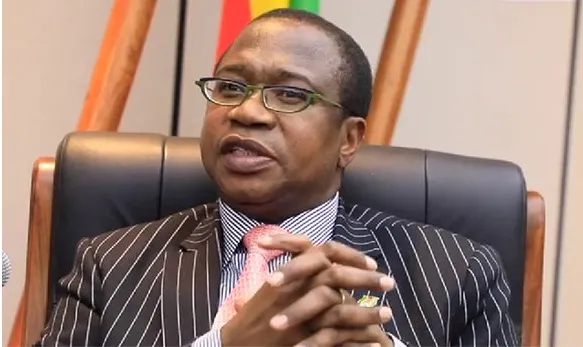
THE annual inflation rate was hovering in double digit ranges when, at the end of 2021, Finance and Economic Development minister Mthuli Ncube implored journalists to trust his policies.
He said fundamentals were sound and Zimbabwe was on track to achieve the 5,5% gross domestic product growth target set in the 2022 budget.
For a nation that the International Monetary Fund had estimated over five million people would face severe food shortages, Ncube’s optimistic view gave many hope. But that was where it ended. Zimbabwe’s Finance minister is a paper tiger. He balances everything in his mind and lives under the assumption that what the computer tells him is what obtains on people’s breakfast tables.
Together with central bank governor John Mangudya they have battled to convince Zimbabweans that they are fine even when it’s clear that they are suffering under a depreciating currency, foreign currency and drug shortages, along with dwindling opportunities that have defined the Second Republic’s catastrophic reign.

In July, the same man who had boasted that he was on top of the situation slashed growth forecasts to 4,6%. Still, many say an accurate growth rate would be 3,8%. Global growth is expected to slump from 5,7% in 2021 to 2,9% in 2022 — significantly lower than 4,1% that was anticipated in January.
Interest rates have spiralled to 200%, a 120 percentage point rise from 80%. It is a bold indication of the implications of relentless shocks that continue to haunt the domestic currency under serious downturns. But instead of staring the beast in the eye, authorities have turned to propaganda to explain this blazing crisis highlighted by sharp spikes in the cost of living under 256% inflation — Africa’s highest rate.
The above factors are only a fraction of several fundamentals that have gone wrong. History reminds everyone what happens when inflation bolts out of control. As experienced in 2008, there is an upper limit to which inflation can be controlled comfortably. Once it gallops into four-digit levels it becomes extremely stubborn. Unfortunately, this is the trajectory that Zimbabwe is taking.
Unless the RBZ’s upcoming monetary policy statement (MPS) firms up the battle against a clear economic downturn with tools to stem the outrageous money supply growth, the situation can only be gloomy.
- Chamisa under fire over US$120K donation
- Mavhunga puts DeMbare into Chibuku quarterfinals
- Pension funds bet on Cabora Bassa oilfields
- Councils defy govt fire tender directive
Keep Reading
The Zimbabwean dollar’s value has fallen almost three fold to around US$1:ZW$850 on the parallel market, from US$1:ZW$300 in January. The crisis facing Zimbabwe today is that of currency decimation and forex shortages, which have led to high levels of poverty.
This is why in his interview with the Zimbabwe Independent this week, Oswell Binha, the chairperson of CEO Africa Round Table said efforts must be invested into addressing the currency crisis.
He is right in demanding that this mess can only be solved if authorities admit that they have driven most of the 15 million people down the swamps, and that these people have a right to food, health and education that they are denying them.
After rolling out gold coins to fight the black market, the RBZ must do more in the MPS to tame rioting inflation before it is too late.







